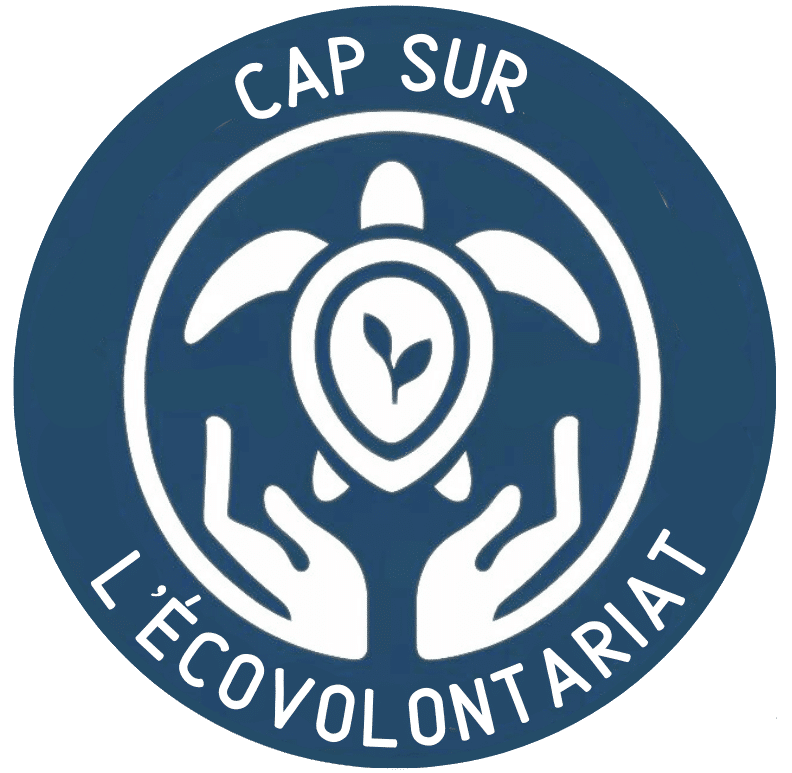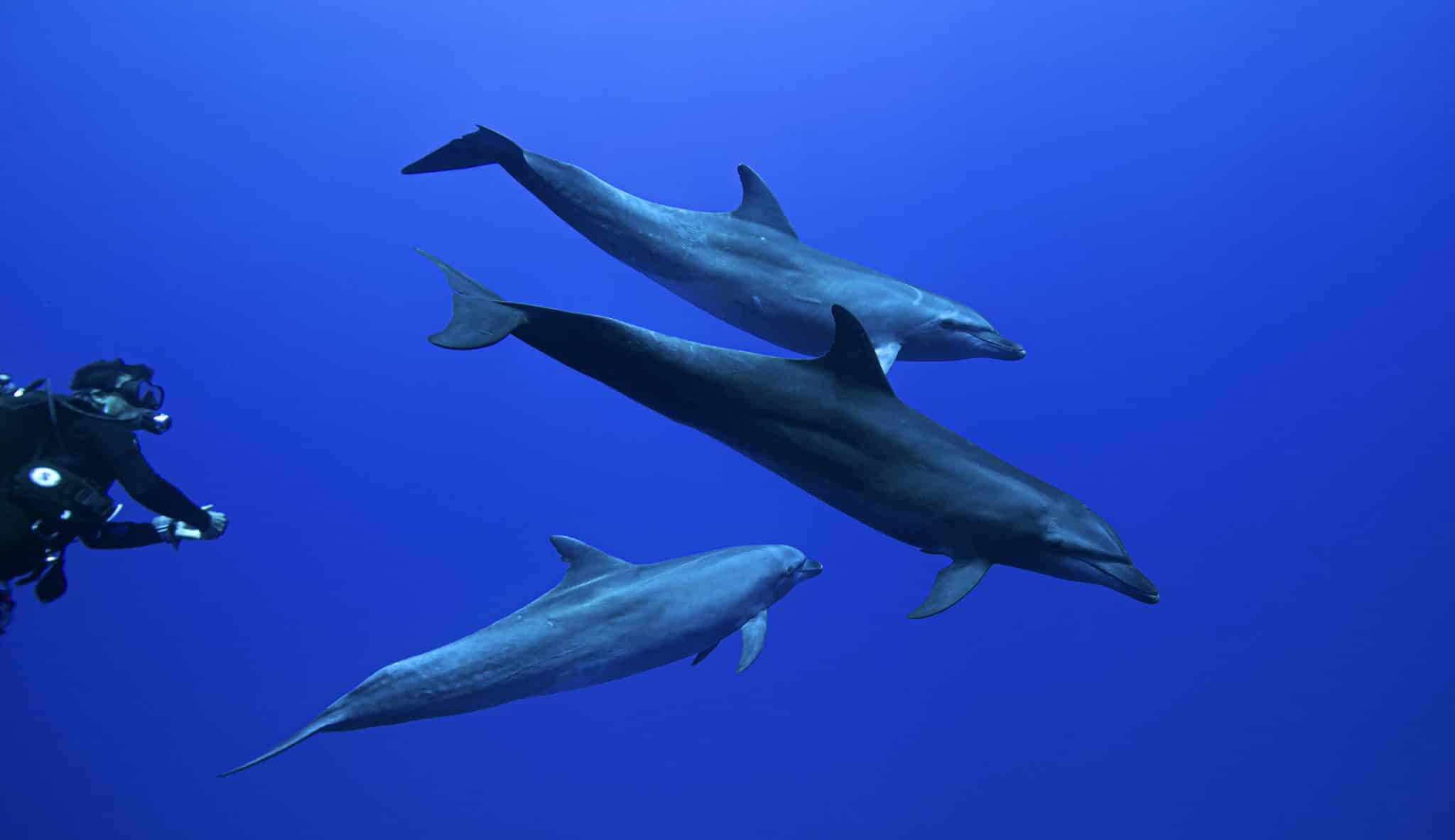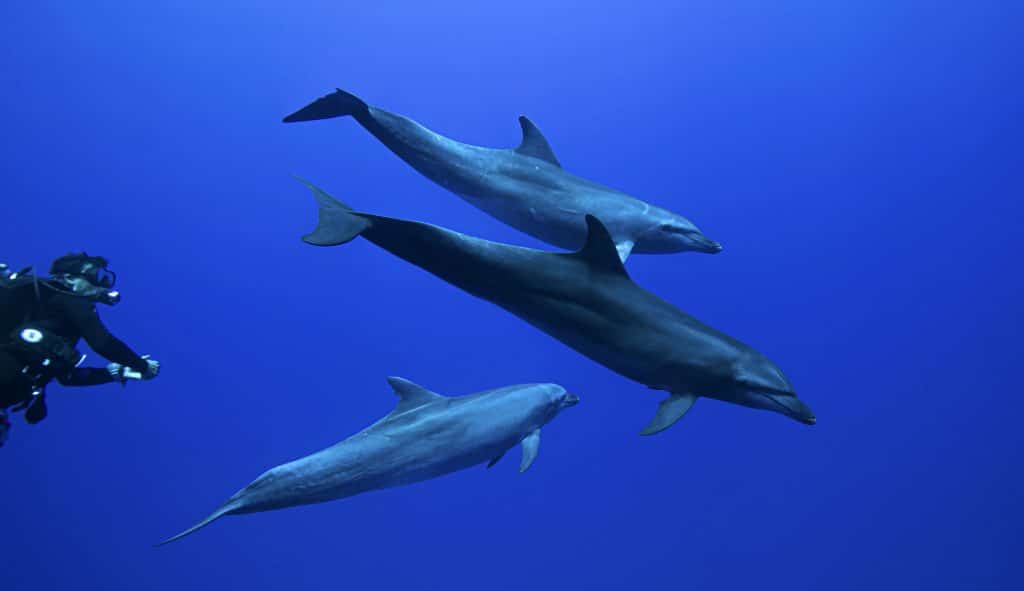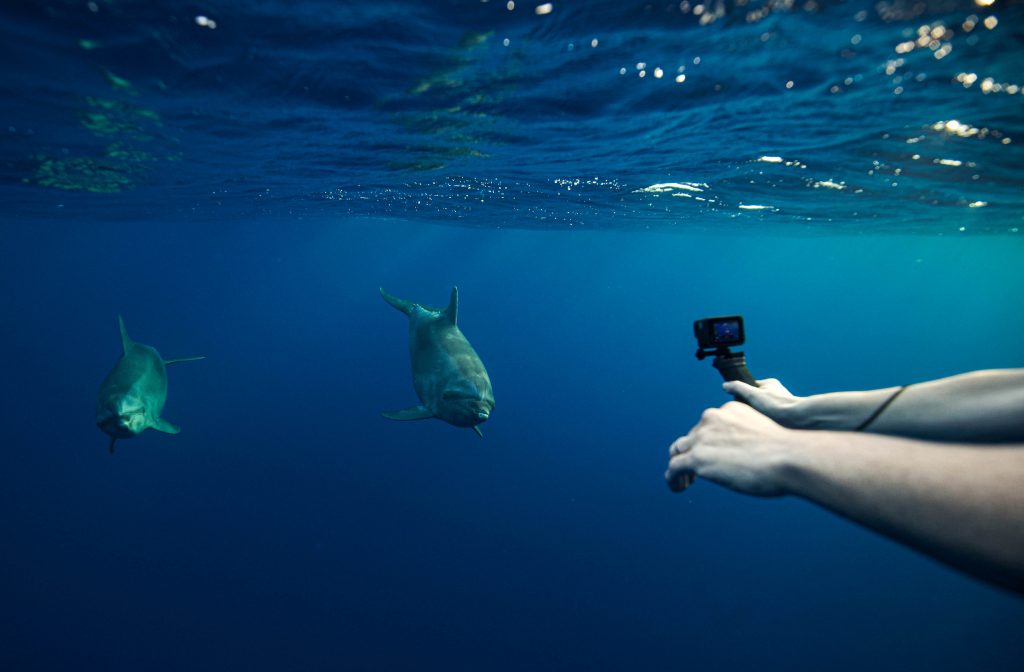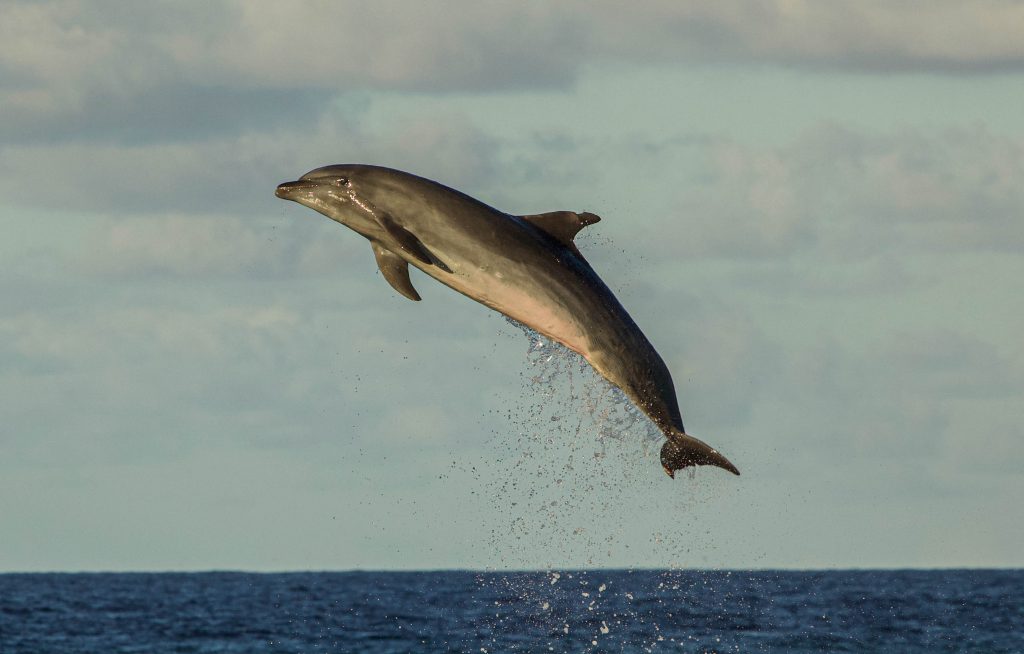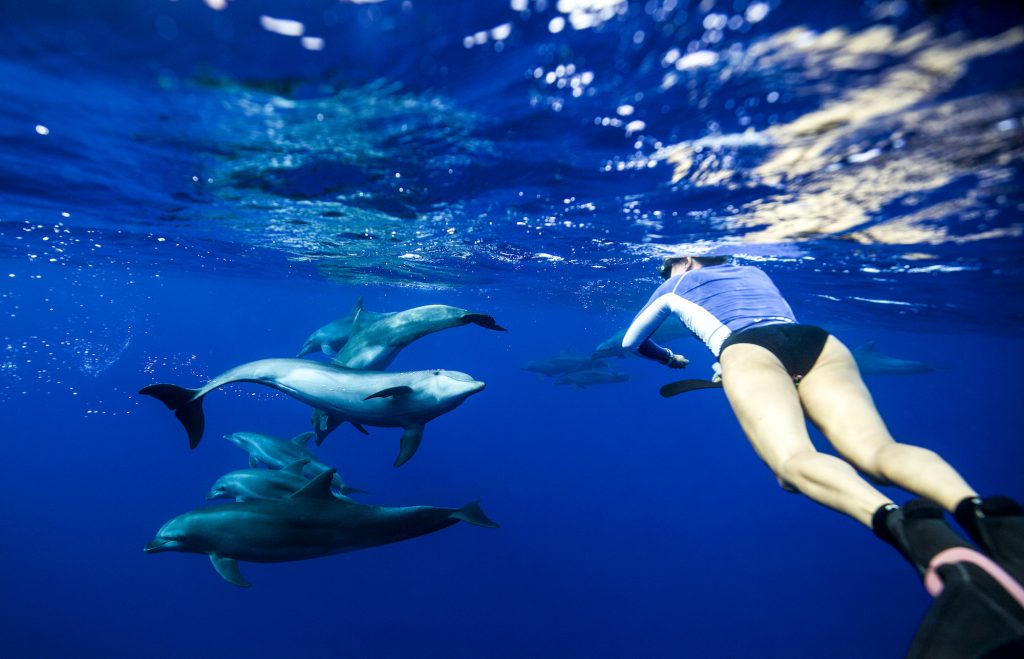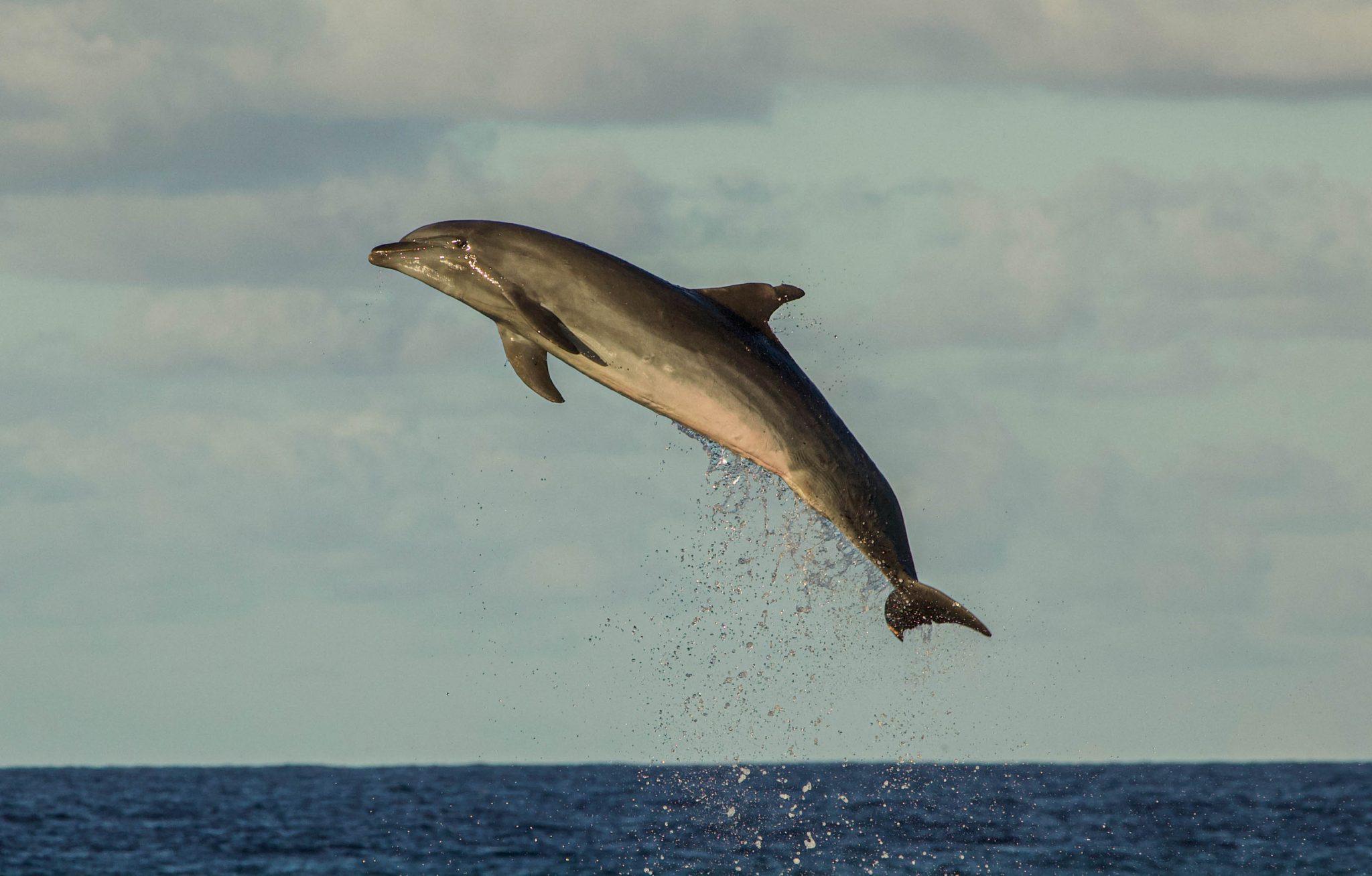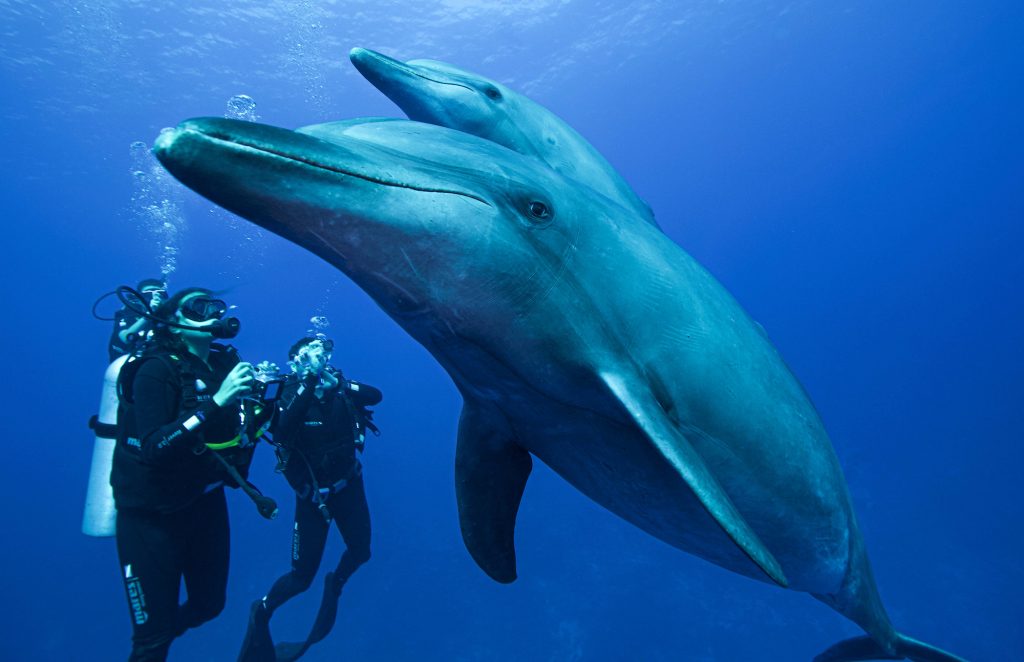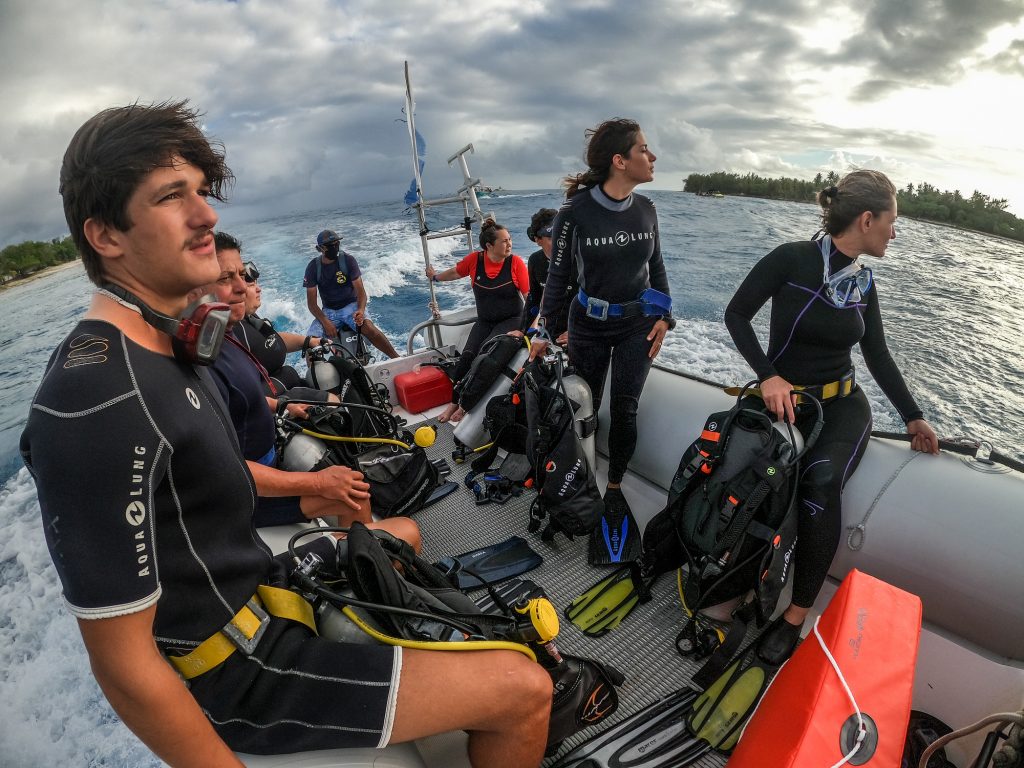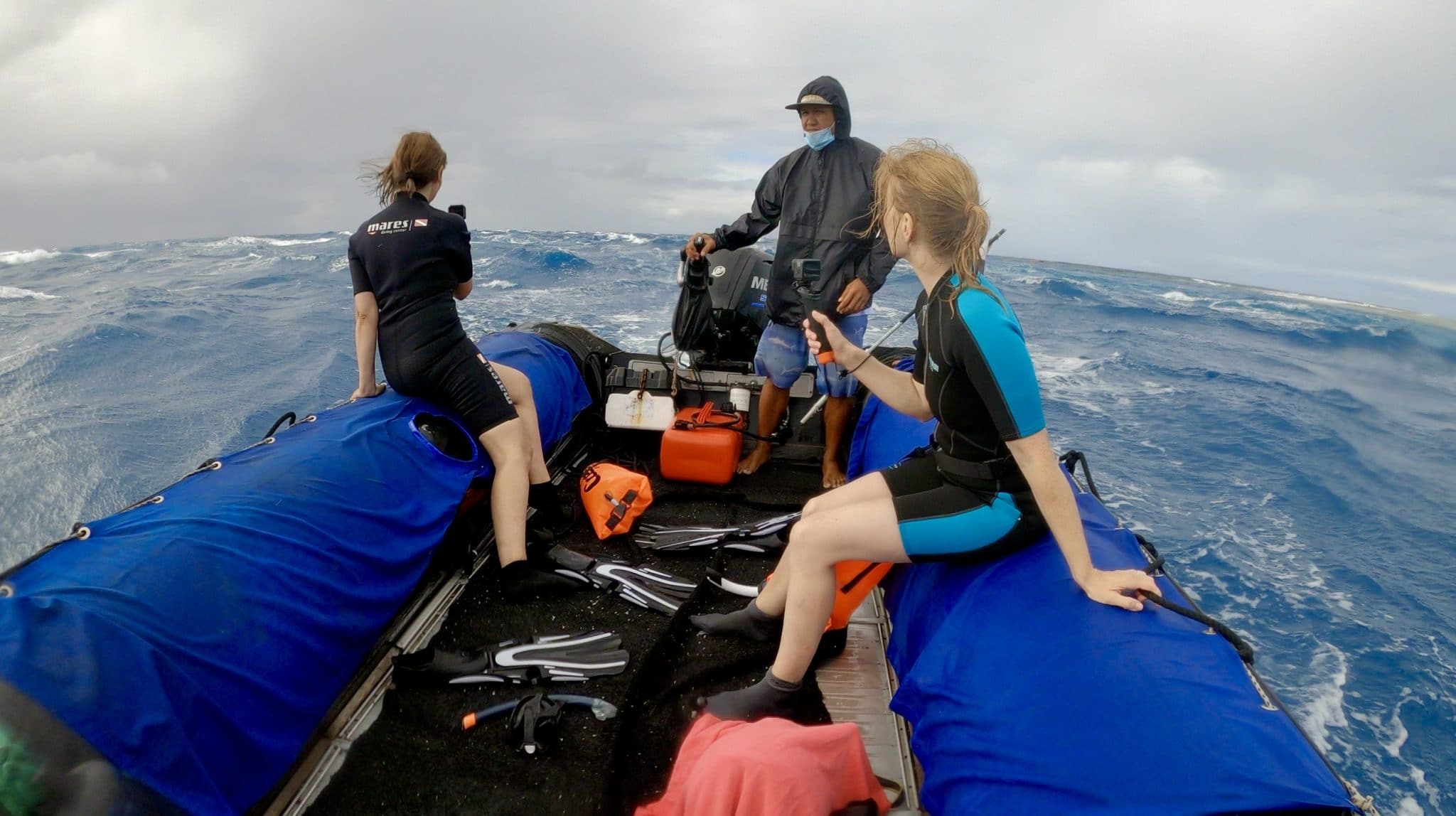Set off as an ecovolunteer to Rangiroa in French Polynesia to study a community of dolphins. Forget all your prejudices about dolphins... We invite you to immerse yourself, literally and figuratively, in the world of a group of bottlenose dolphins targeted by a new form of wildlife tourism. You'll get to know Maui, Tikei and the other members of the "Tiputa community" better, and understand the issues involved in their conservation. All cetacean programs here
The human-animal relationship at the heart of research work
Over the last 40 years or so, the encounter between man and 'wild' animal has never been so popular, and has given rise to a new form of tourism, tinged with paradoxes. Indeed, more and more human beings are seeking close, predictable contact with iconic animal species. However, this repeated close contact has led to a modification of their attitudes through behavioral processes such as habituation and conditioning.
The case of the dolphins is exemplary
Dolphins are a case in point. Emblematic animals par excellence, these cetaceans, victims of numerous cultural prejudices, are at the heart of the aberrations currently observed in the observation of wild animals. The bottlenose dolphin was popularized by the TV series "Flipper". In addition, the upward-curving design of its mouth gives it a "smiling" appearance. However, this "look" does not correspond to the reality of the species, whose habits, and in particular its social life, are extremely complex, marked as much by affiliative behavior - play, petting - as by agonistic behavior - intimidation, aggression. The numerous marks and scars visible on the bodies of adult males illustrate the power of these animals.
Rangiroa dolphin community
Common bottlenose dolphins, Tursiops truncatus, have been recorded in all five Polynesian archipelagos. However, it is in the north-western part of the Tuamotu Islands, mainly Rangiroa, that the species seems to be most frequently observed. In French Polynesia, adults measure up to 3.3 meters and weigh up to 450 kilos. They are easily identified by their stocky, grayish body, which ends in a thick beak separated from the melon - the forehead - by a pronounced furrow.
Pamela Carzon, Doctor of Ethology
In Rangiroa, the largest atoll in French Polynesia, Pamela Carzon, PhD in ethology and president of the Dauphins de Rangiroa organization, has been coordinating the demographic, ecological and ethological monitoring of a community of common bottlenose dolphins, known as Tursiops truncatus, for over twelve years. These dolphins happen to be the target of tourist diving activities, which encourage close and regular interactions between humans and animals.
The relationship between humans and wild animals
Pamela Carzon's research focuses on the history, personality and behavioral profile of each dolphin member of the "Tiputa community".
The aim of her work is:
- Long-term demographic and ecological monitoring of the bottlenose dolphin community in the Tiputa area. Monitoring of community structure, degree of residence of the animals on Tiputa, social organization of the dolphins, reproduction, feeding...
- Description and understanding of the impact of tourist activities on dolphin behavior and the risks associated with close interactions between dolphins and divers.
- Ethical tourism that takes into account the well-being of cetaceans.
- Raising public awareness of a complex situation within a global ecological context requiring urgent and effective management of human-wildlife relations.
Ecovolunteers work with Rangiroa's dolphins
This volunteer programs is a participatory tool for demographic, ecological and ethological monitoring of a community of wild animals that are a priori protected. It enables participants to observe and better understand the daily life of a group of dolphins and the many issues linked to their conservation. Hosting volunteers enables the organization to continue its program of monitoring the behavior and health of these animals.
Between sea outings and training
The days revolve around outings at sea, observations from land, debriefings and training. Volunteers discover, are trained and get involved in the work of the bottlenose dolphin research organization from an observatory on land and underwater. They are supervised by Pamela, a doctor in ethology and scientific leader of the project, Martin, the diving instructor, and Irianu, the captain. All three have extensive experience of the area and are passionate about their work.
Examples of a day's work
First day
- Meet at the guesthouse at 10 am;
- Tour de table and presentation of the organization and the progress and objectives of the mission;
- Tour of the site, presentation of the wildlife and safety instructions;
- 11:30 a.m.: Lunch break ;
- 1:30 pm: Evaluation and discovery outing in the lagoon or first dolphin sighting at Tiputa pass.
Day 4
- Morning: observation of dolphins in Tiputa channel by scuba diving, followed by debriefing and data feedback;
- 11:30 a.m.: Lunch break ;
- Afternoon: training - Who are Tiputa's dolphins? How to identify them?
Day 10
- Morning: training - What are the risks of close interaction between dolphins and humans?
- 11:30 a.m.: Lunch break ;
- Afternoon: diving followed by debriefing and data feedback.
This timetable is given as an indication only. It may vary according to weather conditions.
- 09/15/24 to 09/29/24
- 08/11/2024 to 08/25/24 in English
- 20/10/2024 to 01/11/24
- 6/07/25 to 20/07/25 (15 days 14 nights)
- 10/19/25 to 10/31/25 (13 days 12 nights)
- 16/11/25 to 30/11/25 (15 days 14 nights)
Tax deductible
* This solution is particularly attractive if you pay income tax. In fact, if you are subject to income tax, you can benefit from tax exemption of up to 66% (depending on the country). However, you must first pay the full cost of your stay.
- July 8 to July 21, 2024 ( Complete )
- September 16 to September 29, 2024
- October 21 to November 1, 2024 (sold out)
- July 6 to 20, 2025
- October 19 to 31, 2025
- November 16 to 30, 2025
What you need to know about Rangiroa's dolphin mission
- Two-week mission on specific dates between June and November, in Rangiroa, French Polynesia.
- Between three and 5 participants per mission
- Ten scuba dives per mission
Diving level required
A minimum of Level 1, Open Water PADI / SSI or equivalent is required to participate in scuba diving, as well as at least 20 ocean dives. Don't forget to bring your dive card and logbook, as well as a medical certificate of fitness for scuba diving.
Accommodation and meals
Ecovolunteers are accommodated in a local guesthouse () located a stone's throw from the diving center and Tiputa pass, home to the dolphin community and many other marine species. Guests can choose to stay in a dormitory (with cold-water shower) or in a private bungalow (with hot shower). Breakfast and dinner are provided by the guesthouse, while a packed lunch is distributed at the start of the mission to help organize lunches.
You have two days off during your mission. Most weekends. This is your chance to discover Rangiroa and its treasures!
The Tuamotu archipelago, in the heart of the Pacific Ocean
Threatened by rising sea levels linked to global warming, the Tuamotu archipelago comprises 78 atolls scattered over a maritime area of 800,000 square kilometers. These lands, outcropping on the ocean's surface, are particularly fragile oases of aquatic biodiversity. The Tuamotu atolls are characterized by their size, shape, openness to the ocean, population and activities. They range from small, enclosed lagoons, over-salted or brackish, to large lagoons open to the ocean, such as Fakarava.
Rangiroa, an oasis of biodiversity
Just 350 kilometers from Tahiti, Rangiroa atoll - "Big Sky" in Paumotu - is a veritable oasis of life in the heart of the tropical Pacific. With its 170 kilometers of coral reef, sand and coconut palms surrounding a 1,600-square-kilometer lagoon, it is one of the world's leading diving destinations. The imposing dimensions of this atoll - 80 kilometers long by 20 kilometers wide on average - and its two large passes, Avatoru and Tiputa, located to the north, are home to an underwater fauna as exceptional as it is impressive.
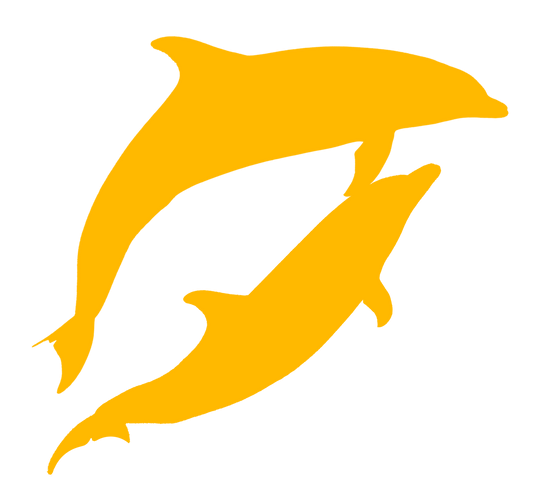
About the field organization in Polynesia
Created in 2019, the partner organization is based in the Tuamotus. It benefits from fifteen years' experience monitoring dolphins and whales in Polynesia, including twelve field seasons conducted with eco-volunteers. DDR's objectives are scientific and participatory research, conservation, awareness-raising and information-sharing on the bottlenose dolphins of Rangiroa atoll. Since 2009, DDR's scientific manager has been studying the bottlenose dolphin community around Tiputa pass, north of Rangiroa atoll, and in particular the impact of tourist activities on dolphin behavior. These animals are in fact targeted by daily "dolphin watching" activities - commercial and non-commercial observation of dolphins in their natural environment.
For more information on the mission, read the interview with the organization's president.
